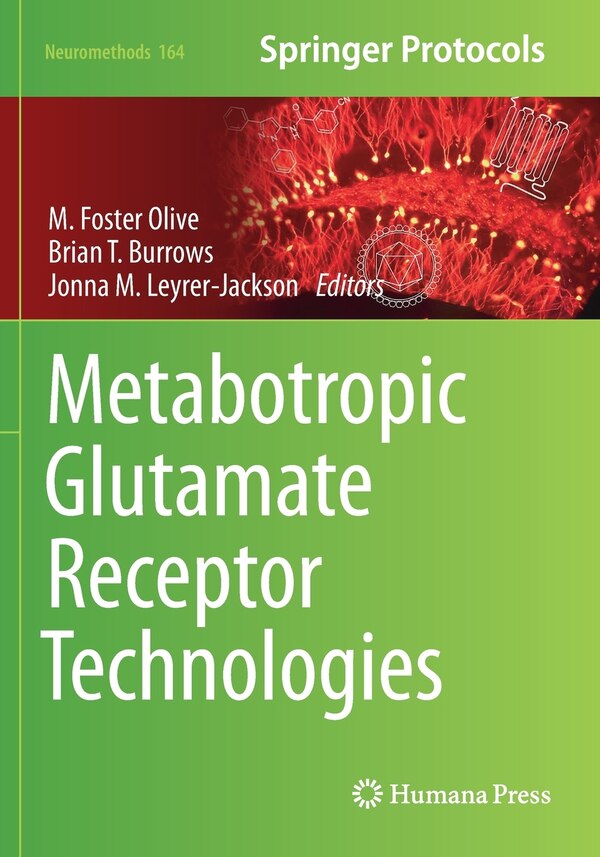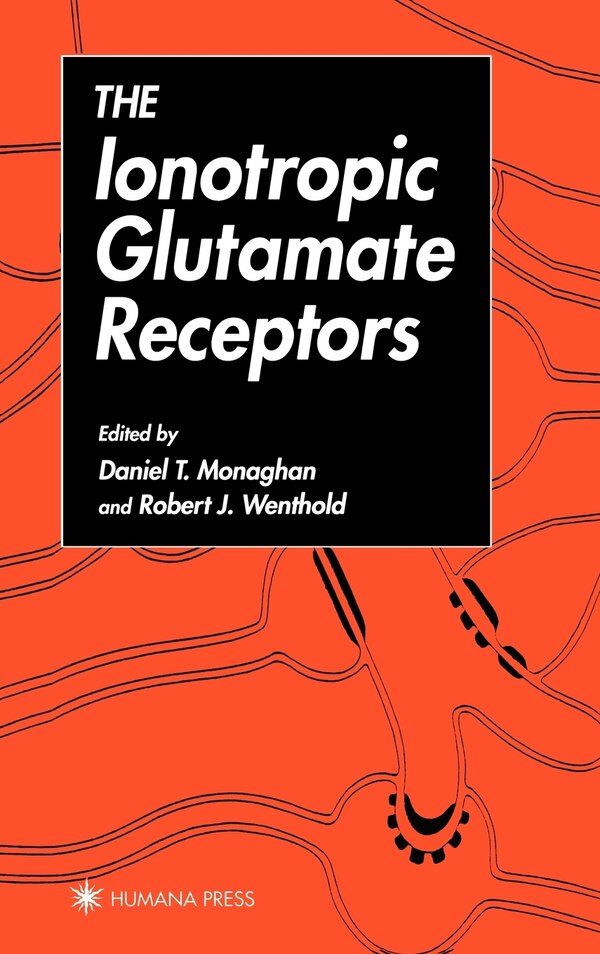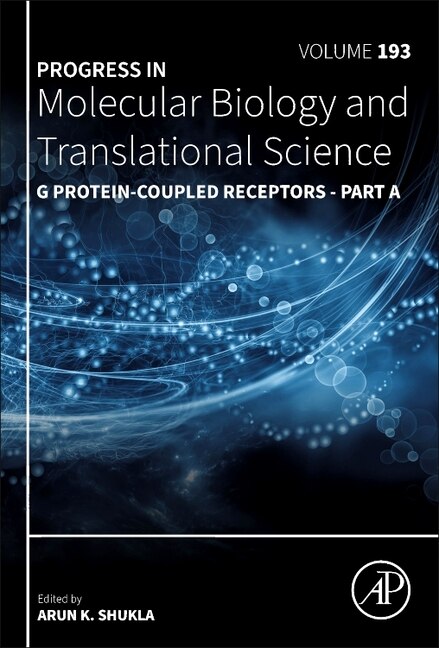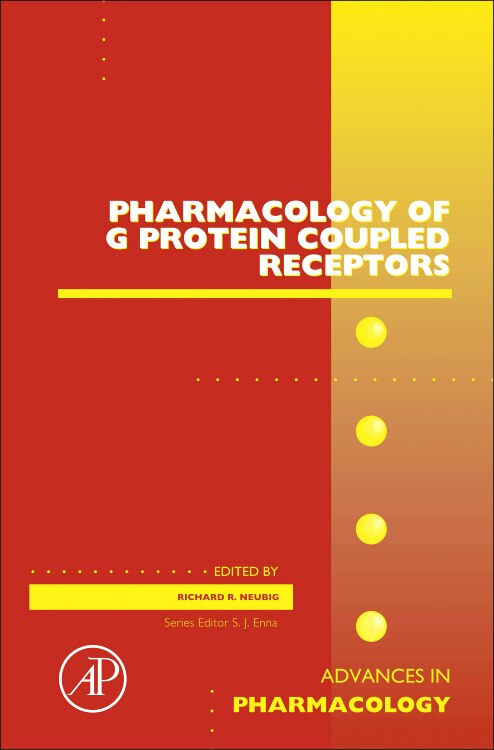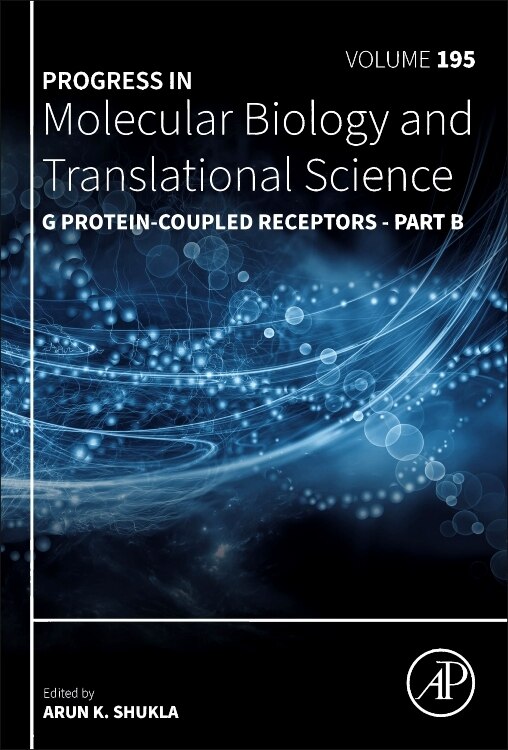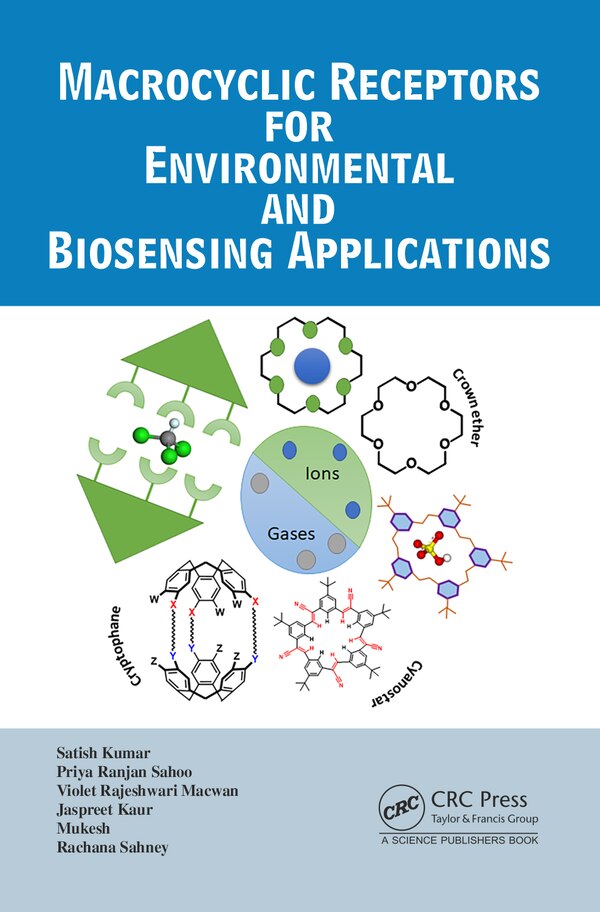
Compare The Metabotropic Glutamate Receptors by P. Jeffrey CONN, Hardcover | Indigo Chapters
P. Jeffrey CONN
$248.50
It is the goal of The Metabotropic Glutamate Receptors to provide acomprehensive and forward-thinking review ofthe tremen dous advances that have occurred in less than a decade of metabotropic glutamate receptors (mGluR) research. Virtually every areaof mGluR research is covered, including the molecular biology, pharmacology, anatomical distribution, and physiological and pathological roles of mGluRs. It is our intention that this volume not only summarize what is now known about the mGluRs, but also illuminate the areas in which there is the greatest need for focused research. Glutamic acid is an amino acid that has long been known to play several important metabolic roles in central and peripheral tissues and to be a component of several naturally occurring molecules. The first evidence that glutamate mayaIso serve as a neurotransmitter in the central nervous system (CNS) came in the late 1950s and early 1960s when glutamate and other acidic amino acids were found to induce behavioral convulsions when topically applied to the cortex and to excite a wide variety of central neurons. These findings spurred a massive research effort that quickly established glutamate as the pri mary excitatory neurotransmitter in the vertebrate CNS. One of the most striking characteristics of glutamate that was quickly recognized was its ubiquitous role in serving as the neurotransmitter at the vast majority of excitatory synapses in the brain. It is now clear that most central neuronal circuits involve glutamatergic neurotransmission at some level. | The Metabotropic Glutamate Receptors by P. Jeffrey CONN, Hardcover | Indigo Chapters


